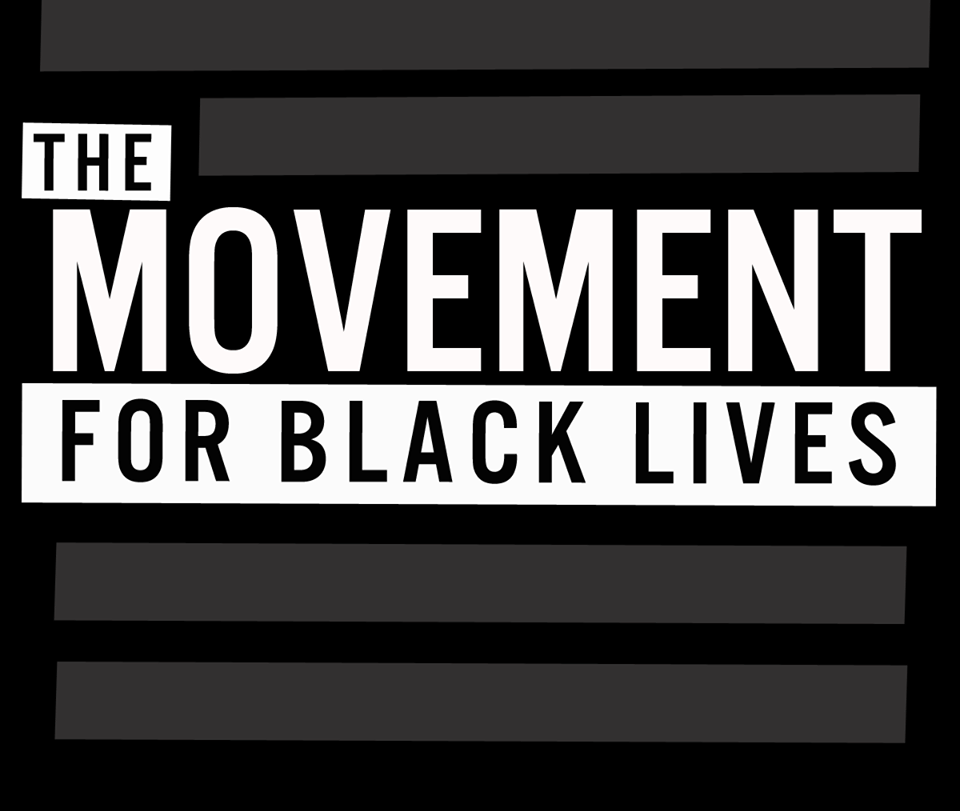Early childhood educators around the globe are learning to work in a new way. We hear families refer to remote learning during coronavirus closures as “homeschooling.” However, homeschooling is different. Homeschooling means that there is an adult at the house who has chosen the responsibility of intentionally supporting the child’s development.
Now, for many children, the teacher is still responsible for partnering with the family to guide the child’s development, but now they do so through video conference and by sharing activities. The child’s home is now the teacher’s classroom. In early childhood, we say the learning environment is the third teacher. What does it imply for a teacher to have 18 homes as their classroom?
First, it has radical implications for equity. The classroom was a common space. Now, some families are watching spring unfold from the safety and security of their homes. That is their learning environment. Other children are in crowded shelters or apartments with family members who are ill. That is their learning environment. The coronavirus has made a deeply inequitable early care and education landscape all the more terribly and visibly so.
What has become clear to many educators is that they cannot approach their class as a class; if they are to connect, they must do so as individuals.
Each family and child’s experience of this crisis is different. Teachers work down emergency contact lists until they have found every child, each in their own place. If they can’t help guide the child’s day, they stay in touch. The child’s classroom is in their teacher’s heart.
Teachers, what has been your experience of remote learning’s impact on equity? How have you tried to reach every child? Please share in the comments section below.



